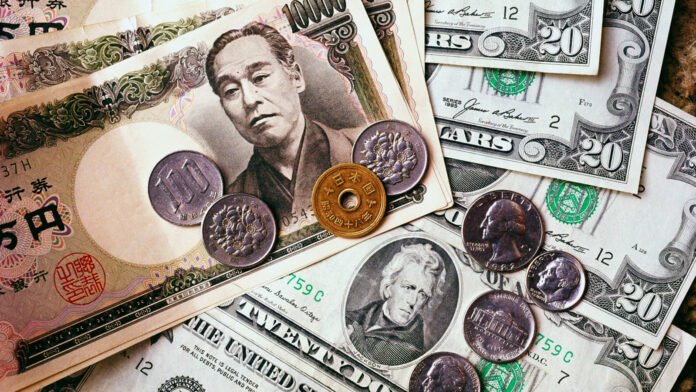Tariff tensions are again reshaping global markets. U.S. tariffs unsettle markets captures the ripple effects across currencies and economies.
On Thursday, the yen fell sharply, losing 0.8% to 144.23 per dollar. This marked its weakest point since mid-April. Investors reacted quickly after the Bank of Japan left interest rates unchanged and cut its growth forecasts.
The decision wasn’t surprising, but the downgraded outlook lowered hopes for future rate hikes. Analysts saw it as another sign that U.S. tariffs unsettle markets, especially in Asia.
Bart Wakabayashi of State Street in Tokyo summed up the mood. He described it as a “holding pattern” created by uncertainty in U.S. trade policies.
Japan’s central bank now expects only 0.5% real GDP growth for 2025–26. That’s down from an earlier 1.1% forecast. The weaker outlook partly reflects pressure from shifting U.S. trade stances.
Meanwhile, the dollar rebounded after suffering its worst monthly drop in 2.5 years. President Donald Trump’s fluctuating tariffs have undermined global confidence. However, he recently paused some tariffs and hinted at new deals.
Trump also mentioned potential agreements with India, South Korea, and Japan. He believes a deal with China is very likely. Yet, no official U.S.-China trade talks are underway, according to U.S. Trade Representative Jamieson Greer.
In contrast, Chinese state-linked sources claimed Washington is seeking discussions. This mixed messaging shows how U.S. tariffs unsettle markets, even without clear negotiations.
U.S. economic data added more complexity. A surge in imports ahead of tariffs pushed GDP into contraction last quarter. Still, some economists found encouragement in stable private demand.
Markets now await key U.S. employment data. Jobless claims and the ISM manufacturing survey are due Thursday. April’s job report on Friday will give a better look at recession risks.
Elsewhere, the euro and pound both weakened by 0.4% against the dollar. However, the Australian and New Zealand dollars held steady. Australia’s dollar found support after hotter-than-expected inflation data.
Clearly, U.S. tariffs unsettle markets across the globe, creating uncertainty and shifting economic strategies.
For more business updates, visit DC Brief.


